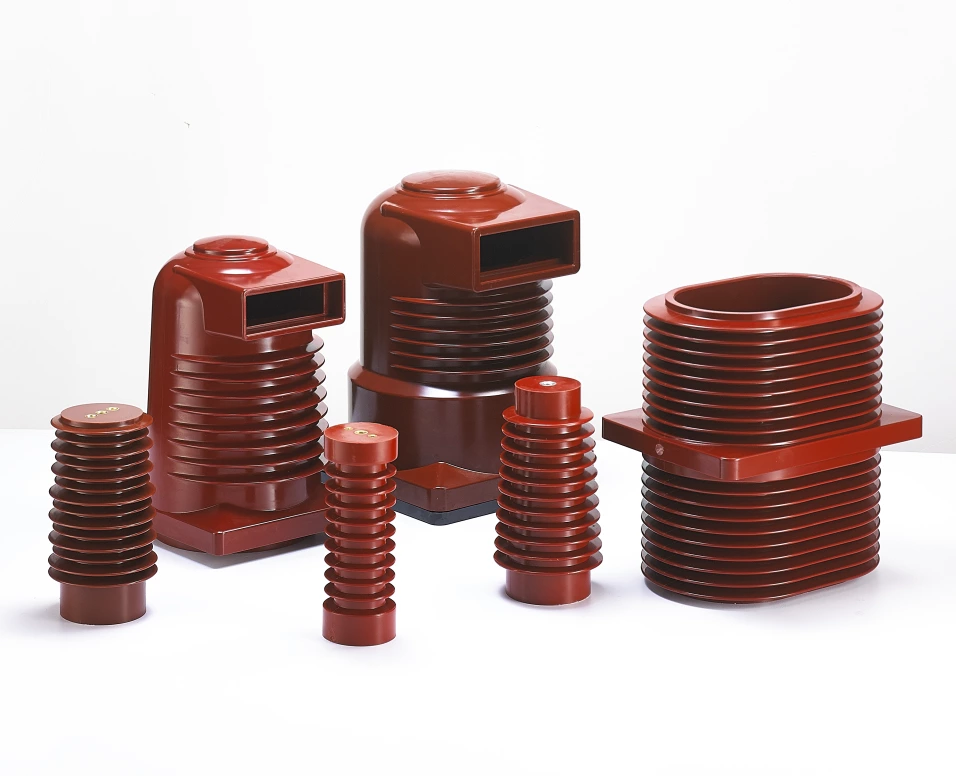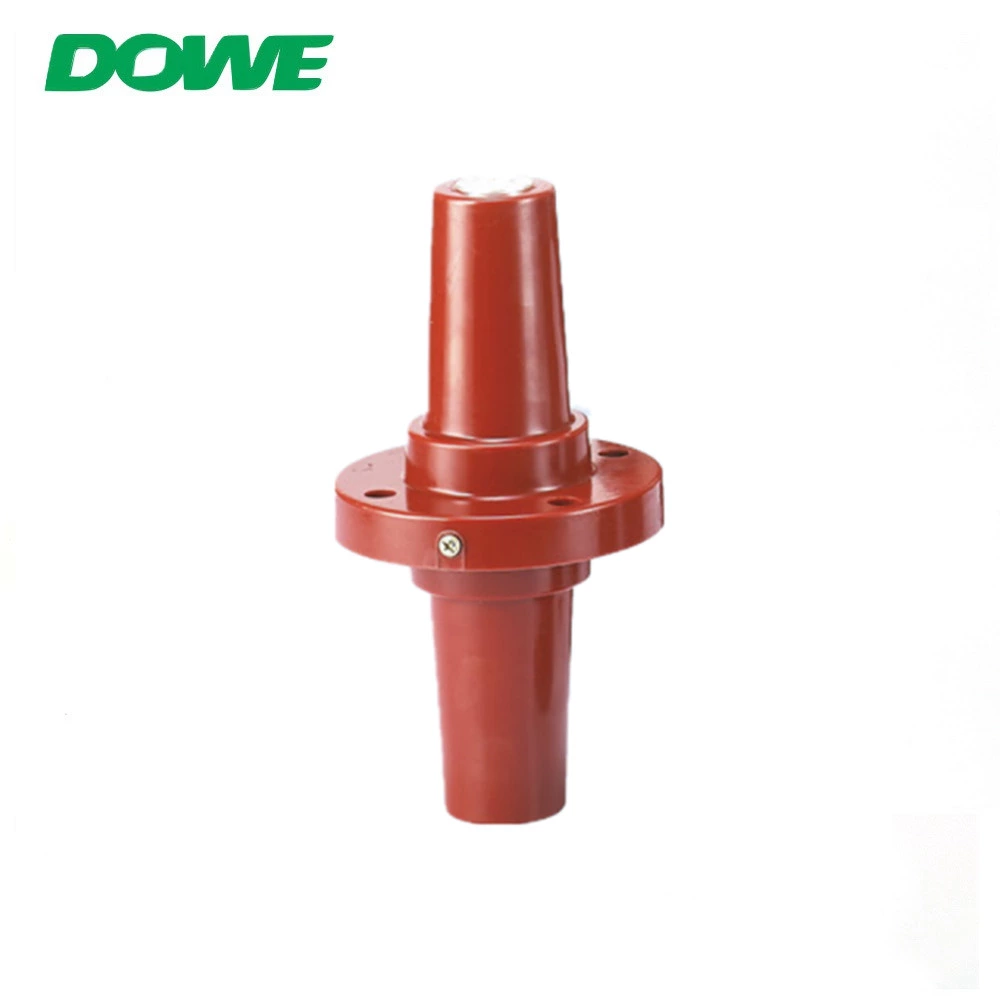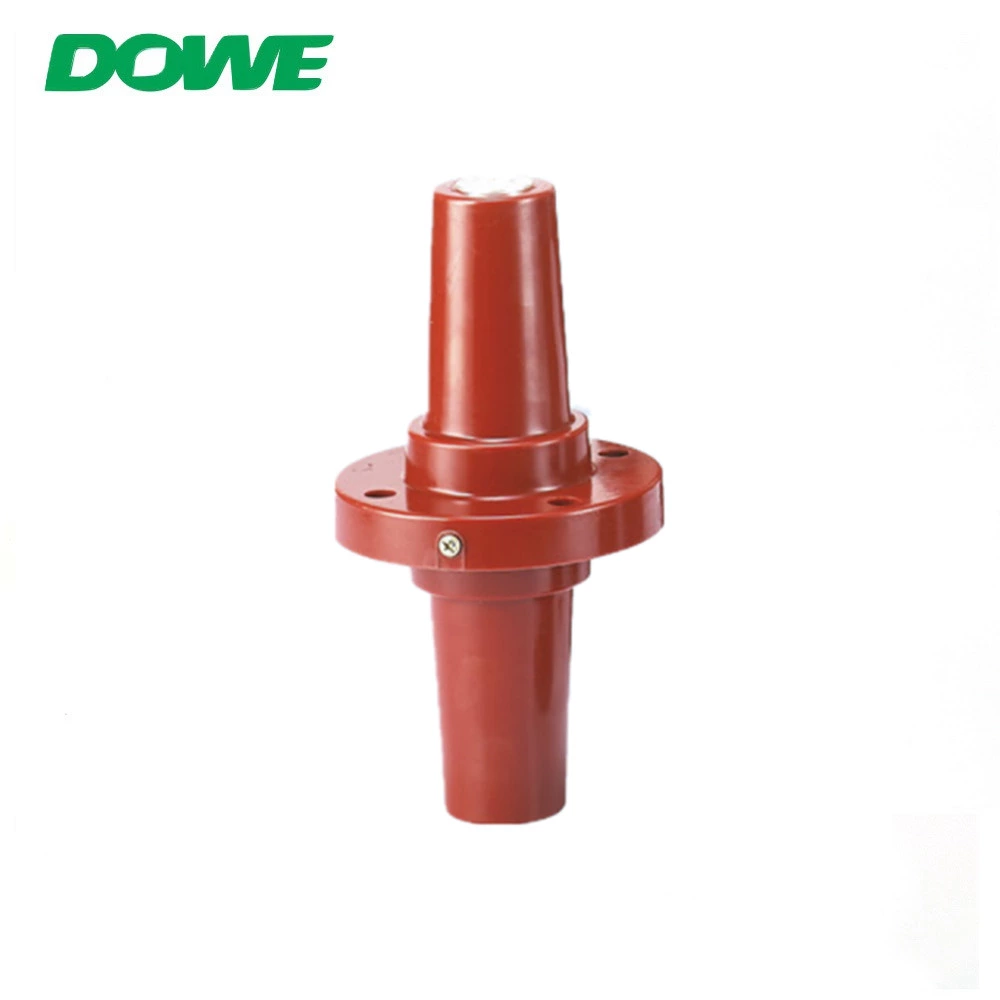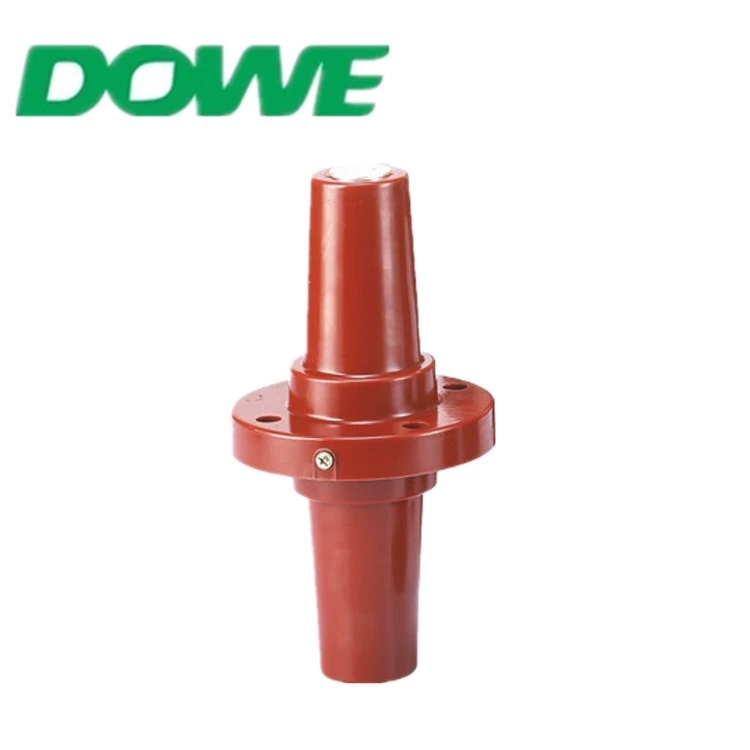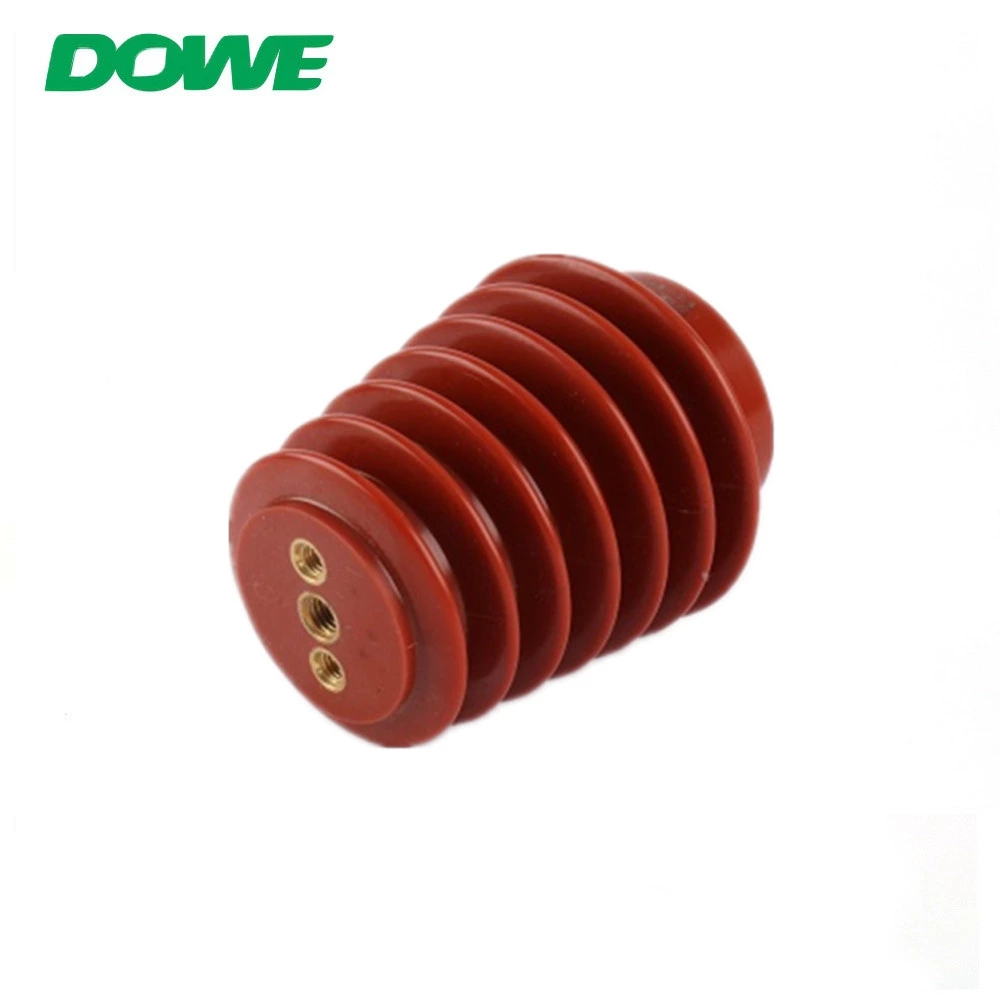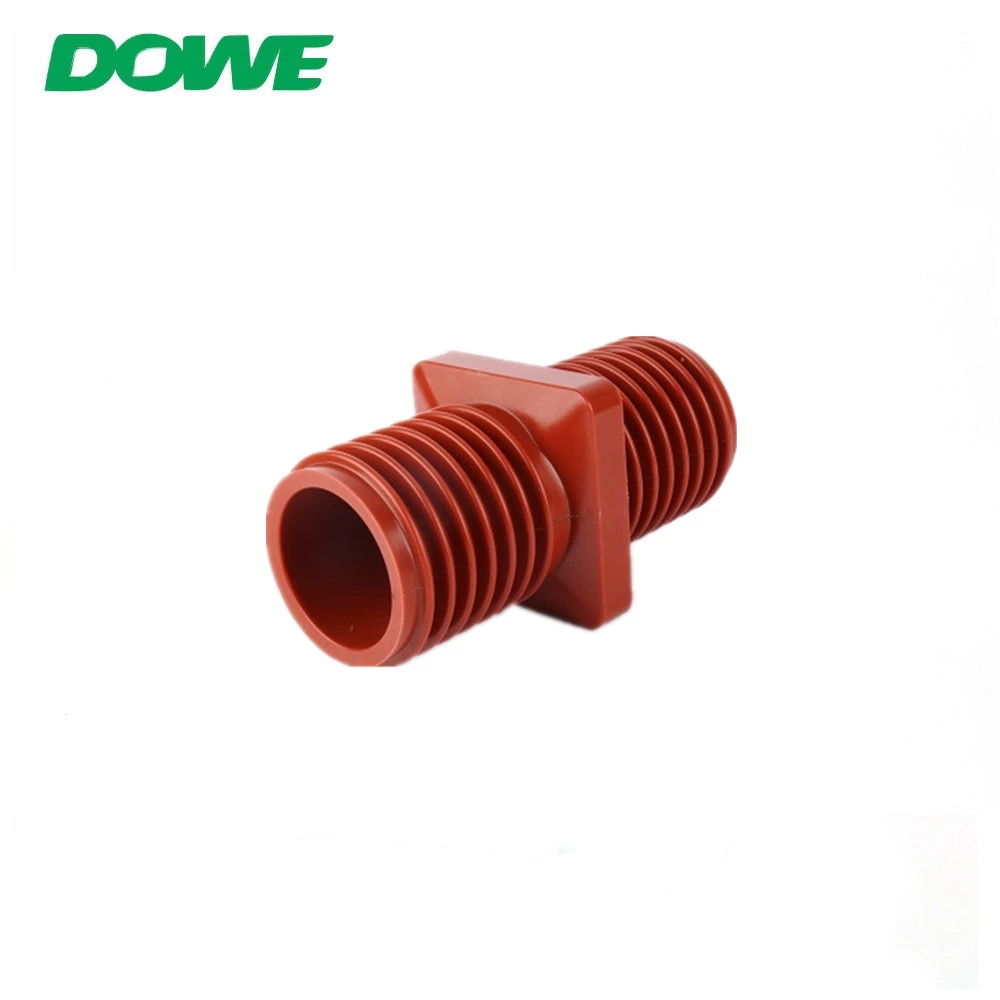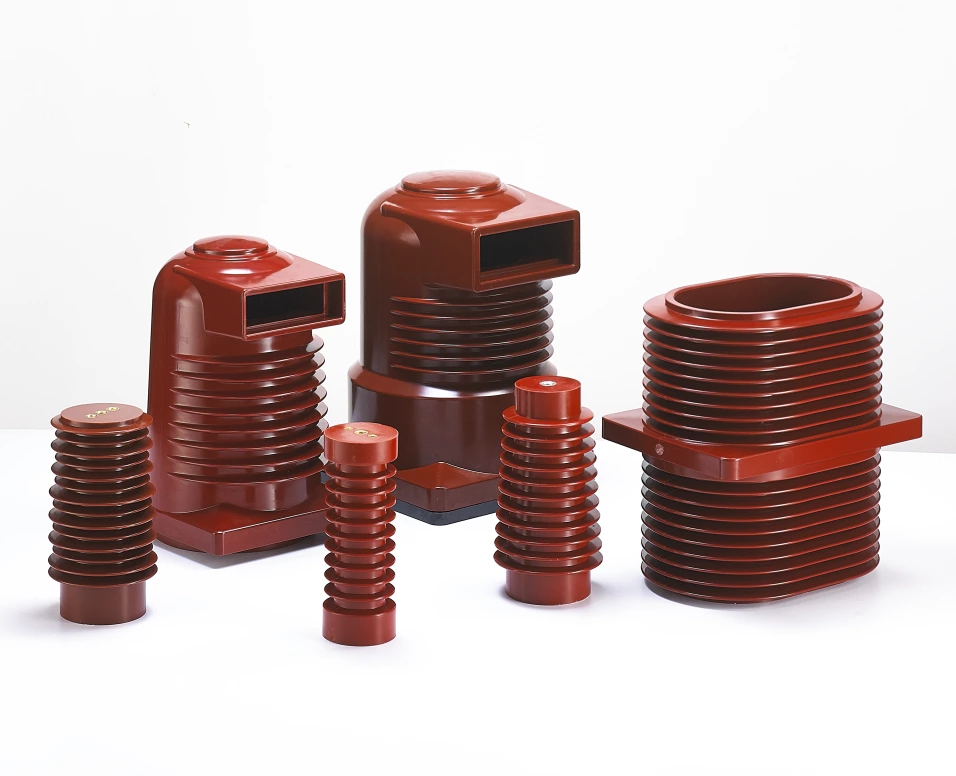Heat Shrink Tubing vs. Cold Shrink Tubing: A Comparative Analysis and Choosing the Superior Option
There is only one word difference between heat shrink tubing and cold shrink tubing. Anyone who often pays attention to the official website of heat shrink tubing manufacturer DUWAI knows that heat shrink tubing can shrink by heating, but does cold shrink tubing shrink by freezing? In fact, it is not the case. Today, the editor will explain which one is better, heat shrink tubing or cold shrink tube, from three aspects: working principle, usage method, and main purpose. What is the difference between the two?
1. Working principle
When the heat shrinkable tube is first extruded, the inner diameter is smaller than the finished product. Then the inner diameter is expanded to the finished product, and heated to return it to the small diameter state when extruded. This is the working principle of the heat shrinkable tube.
The working principle of cold shrink tubing is relatively simple. Just like a rubber band, a pull ring is used to support the hole diameter to make it larger. When the support force is removed during use, the inner diameter will become smaller.
2. How to use
Heat shrink tubing needs to be heated during use, and requires the use of special heating tools, such as industrial heat guns, industrial ovens, etc., which requires the proficiency of the operator.
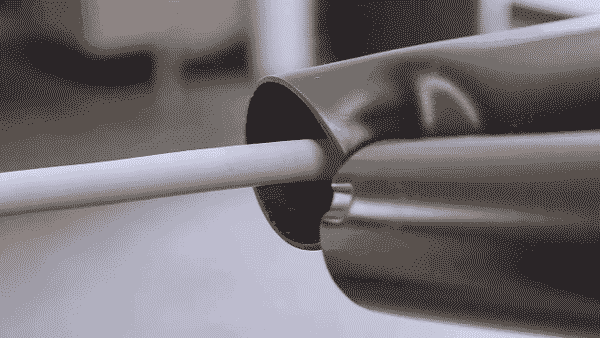
Heat shrink tubing needs to be heated with a heat gun to shrink
Cold shrink tubing does not require freezing or third-party tools during use. It is very simple to use. You only need to pull off the support ring to remove the support force, and it will shrink automatically. Don't be misunderstood by the literal meaning, it is not freeze shrinkage.
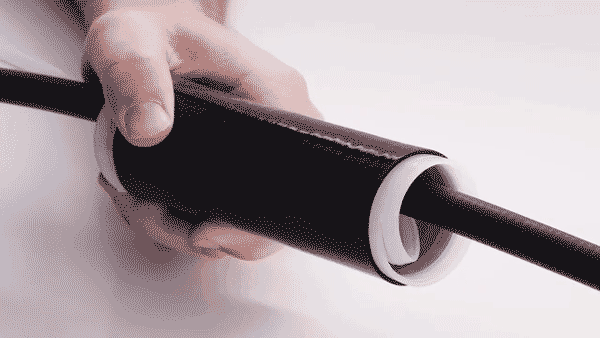
3. Main uses
The materials of heat shrinkable tubes are divided into PVC, PE, PVDF, Teflon, fluorine rubber, silicone rubber and other main materials. Heat shrinkable tubes of different materials can be selected according to the purpose. There are also many specifications and inner diameters, starting from the smallest heat shrinkable tube. Specifications range from 0.5mm to 200mm. The fields of use are also very wide, and the scope of use is even wider. Electronic appliances, aerospace, automobiles and other fields are inseparable from the use of heat shrinkable tubes.
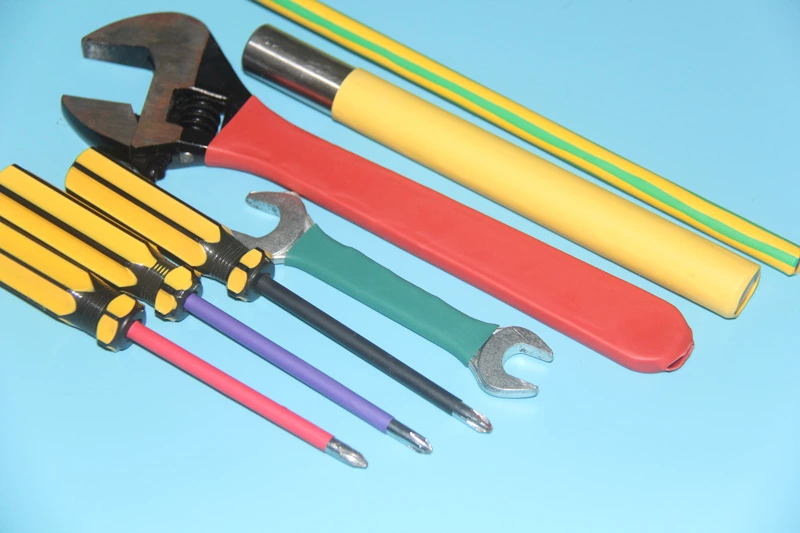
The material of the cold shrink tube is relatively simple, generally EPDM. The smallest specification starts with an inner diameter of 20mm, so the applicability is less. It is generally used in places where heat sources cannot be present, and it is inconvenient to use. Where third-party tools are used, they are usually used in communications and other fields.
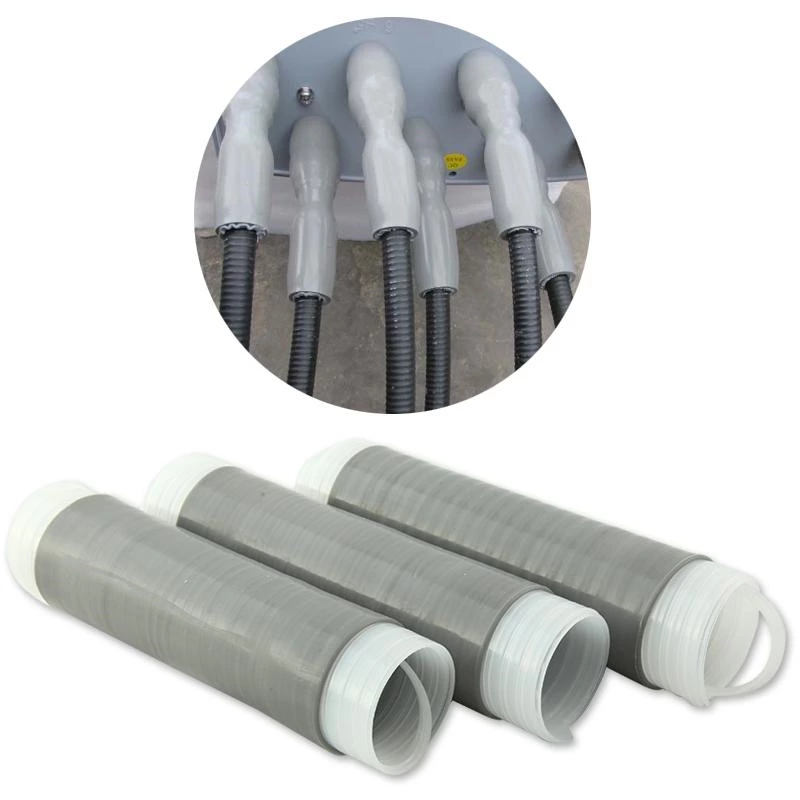
The above is the difference between heat shrink tubing and cold shrink tubing. Which one is better depends on the use environment and specific problems.
1. In terms of ease of use, cold shrink tubing is better than heat shrink tubing. It does not require heating, and you only need to pull off the support ring.
2. The waterproof performance of the cold shrink tube is very excellent because the material itself is hydrophobic, and the waterproof level can reach IP67. It can reach IP68 if the experimental requirements are negotiated with the user. Only heat shrinkable tubes with glue can reach IP67 level.
3. From the perspective of market audience, heat shrinkable tubes are better than cold shrinkable tubes because heat shrinkable tubes have more models and specifications and better selectivity.
4. In terms of price, heat shrink tubes definitely have an absolute advantage. Heat shrink tube technology is more mature, production difficulty is lower, and raw material costs are lower, so the price is also cheaper.


